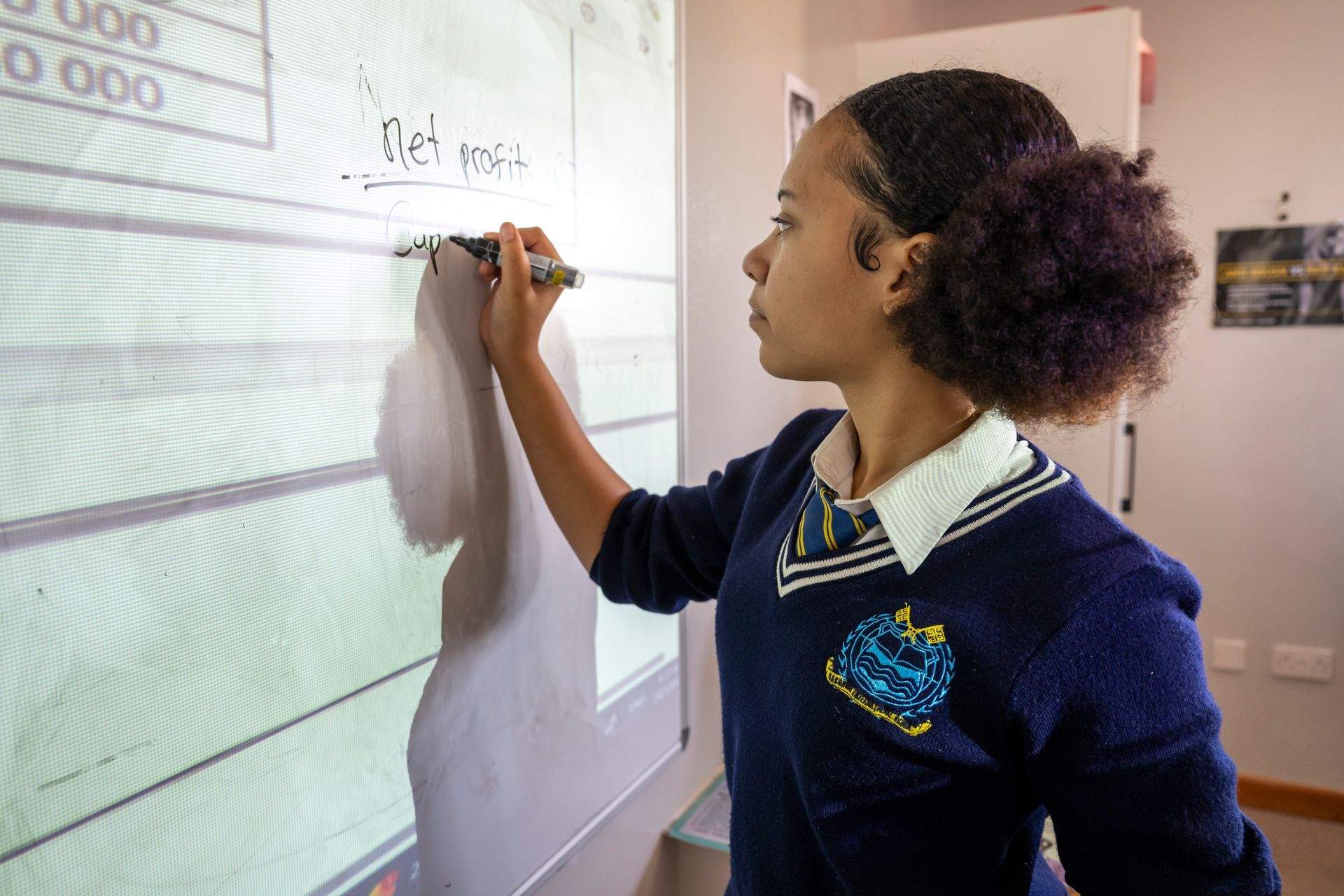What Sets a Cambridge Education Apart
Understanding the System, Its Structure, and Global Value
When parents consider their child’s future, they naturally want an education that unlocks opportunity and builds confidence. The Cambridge International curriculum does exactly that—offering more than a qualification. It offers aspiration, access, and academic excellence.
A Global Standard for Ambitious Learners
Cambridge is one of the most recognised and respected international education systems in the world. Offered in over 160 countries, it’s a curriculum trusted by top universities and employers across the globe. Whether your child wants to study in South Africa, Canada, the UK, or beyond, Cambridge provides a qualification that travels well.
At its heart, it’s not just about where learners can go, but who they become along the way—resilient, culturally aware, and confident young adults.
A Structured Pathway, A Flexible Future
The Cambridge curriculum supports students from early secondary through to school-leaving level:
- Cambridge Lower Secondary prepares students with strong foundations.
- IGCSE develops subject mastery, critical thinking, and choice.
- AS and A Levels deepen academic strength and university readiness.
What sets Cambridge apart is that it provides structure without being rigid. Schools can personalise delivery to reflect local relevance and learner needs, while still maintaining international benchmarks.
More Than a Syllabus—A Skillset
Cambridge places an emphasis on what students can do with what they know. Learners are encouraged to:
- Analyse and evaluate
- Think independently
- Communicate effectively
- Solve real-world problems
This goes far beyond exam preparation. It cultivates learners who are emotionally and intellectually ready for the demands of university, the workplace, and society.
Assessments That Develop, Not Diminish
Rather than rewarding rote memorisation, Cambridge assessments are designed to reflect understanding, application, and insight. This aligns with GIS’s values of empowering learners and nurturing excellence at every stage. Students are given the chance to shine through varied question types and rigorous, fair marking.
Real-World Application: Exposure to Global Pathways
To bring this international value to life, we complement the academic journey with real-time exposure to global opportunities. Recently, GIS welcomed representatives from the University of Pretoria, as well as Canadian university campuses, who engaged learners on everything from study visas and scholarships to adapting to student life abroad. These experiences help students envision the next step and equip families with practical tools for planning their academic futures.
The Functional Edge of a Cambridge School
The Cambridge system is most powerful when paired with strong pastoral care and a culture of excellence. GIS aligns this with:
- AI-driven academic support
- Dedicated pastoral care, including a full-time psychologist
- Multicultural, inclusive environments
- Highly qualified teachers
- World-class sporting and co-curricular opportunities
Together, these create not only superior academic outcomes but also well-rounded, adaptable students who are ready to thrive.
In Summary: Confidence in the Journey Ahead
A Cambridge education doesn’t just aim high—it helps students get there. It blends global standards with local care, academic rigour with emotional support, and structure with opportunity. That’s why parents feel proud of their children’s qualifications, and students feel confident in their future success.
Written by:
Thomas Ramakgoakgoa
Head of High School
Gaborone International School



